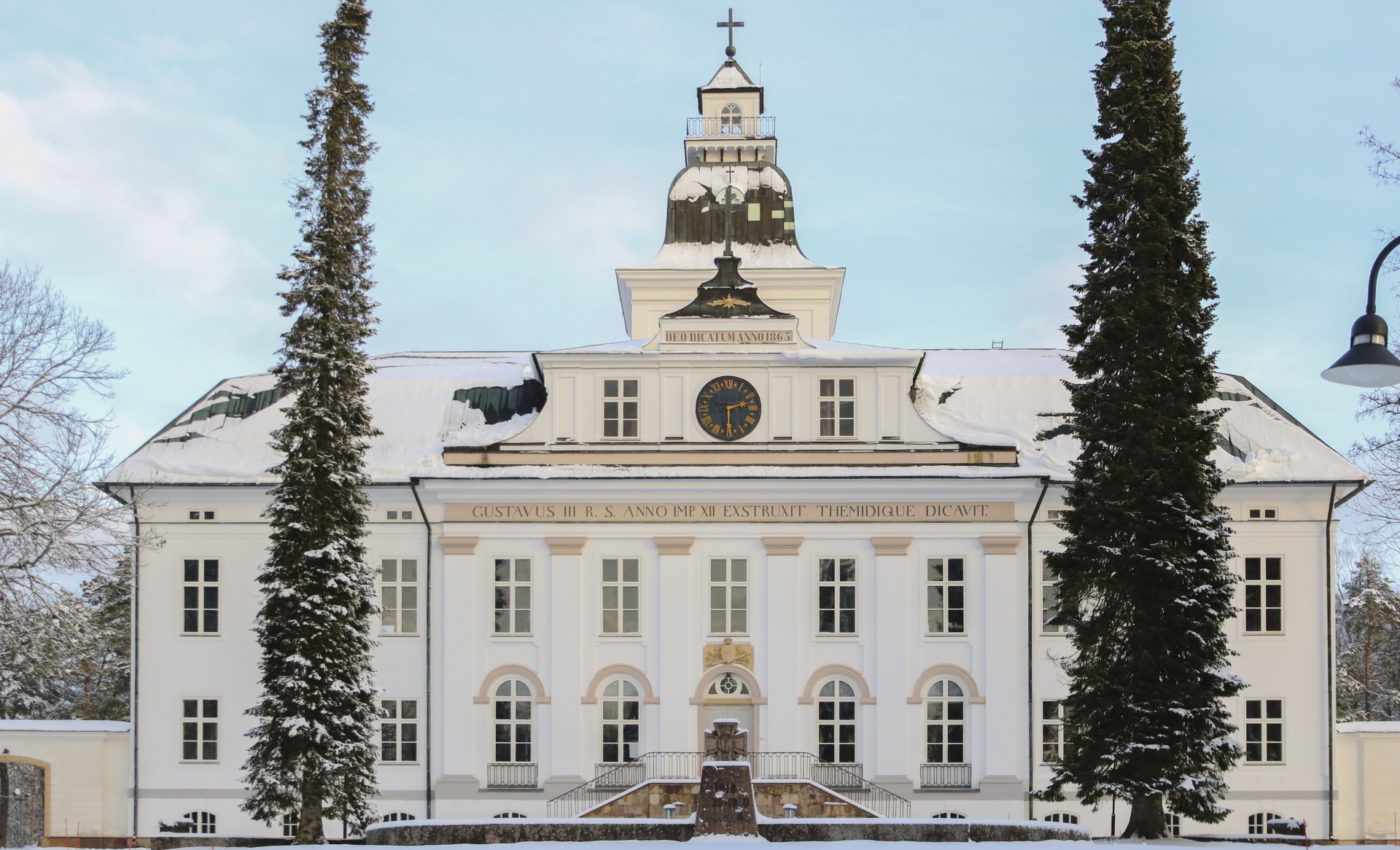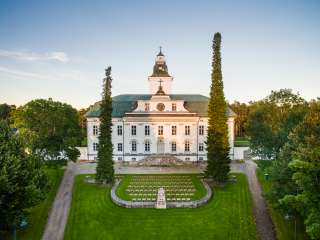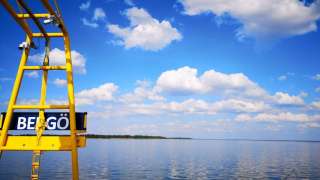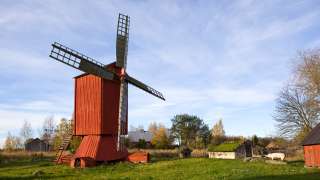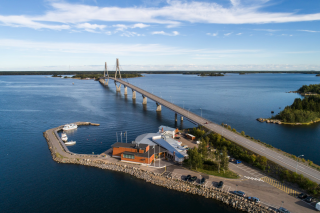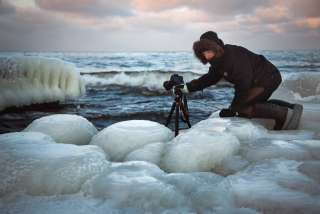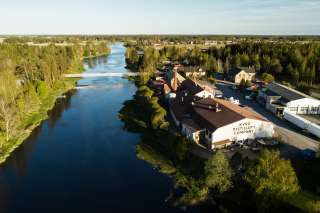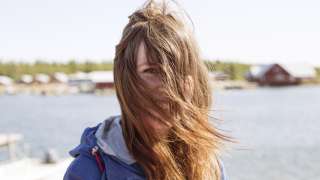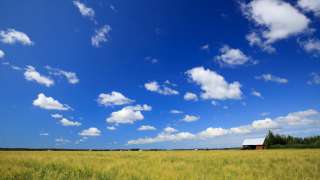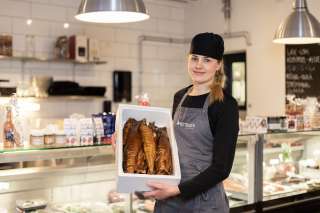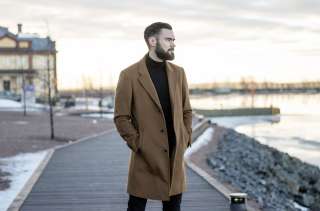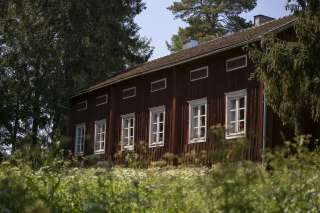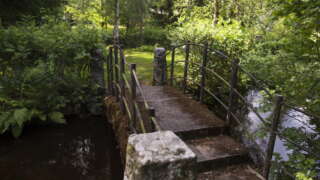The buildings in Vaasa radiate the dignity of having been the capital of Finland
One of the most beautiful buildings in the Vasa region is Korsholm’s church. However, the name is in many ways misleading because the church is not located in Korsholm but in Old Vaasa, and originally the building was built as a court of appeal building and was only converted into a church later. The building looms a little to the side on street Köpmansgatan, at the end of the beautiful Adelcrantz alley lined with deciduous trees. As the name suggests, we are now on land that testifies to the Swedish rule in Finland and in the footsteps of the Gustavian style. Despite its somewhat remote location, the magnificent building and its surroundings are an excellent destination for both local and long-distance visitors.
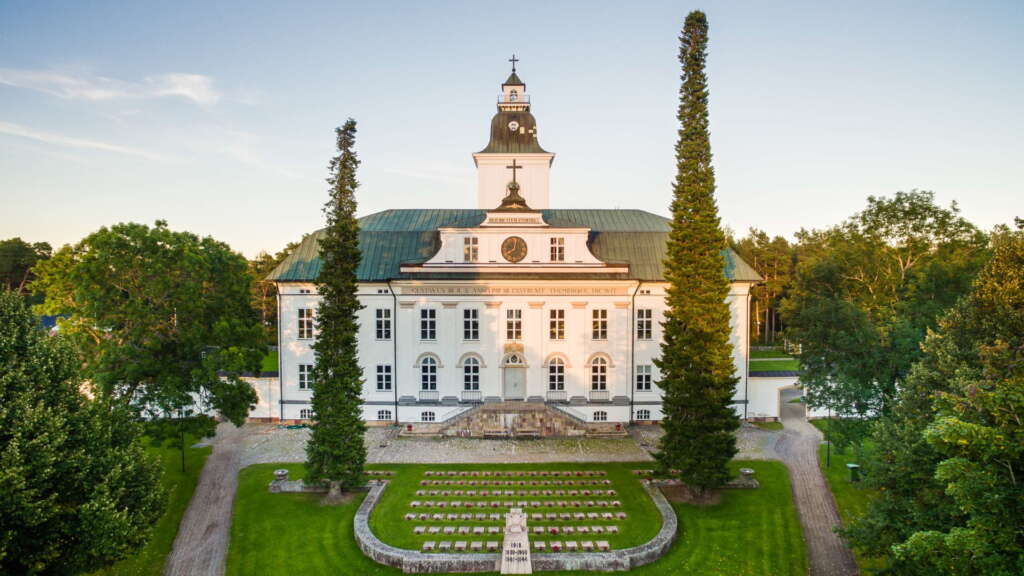
Right next to the church are the ruins of Old Vaasa, which are reminiscent of the Vaasa fire in 1852. The area is an excellent place for playing princess and knight games, a summer picnic or stories about life in times gone by. You can be acquainted with the history of old Vaasa, for example here: See and experience Old Vaasa

You can well spend a whole day in Old Vaasa, but it is also an excellent starting point if you want to get to know Vaasa from an architectural perspective. From there you can continue towards the center and the current Court of Appeal building. The red brick building, which is located by the sea, does not end up in the shadow of its predecessor, and it is wise to get acquainted with the impressive environment with its fine details closer than just through the car window.
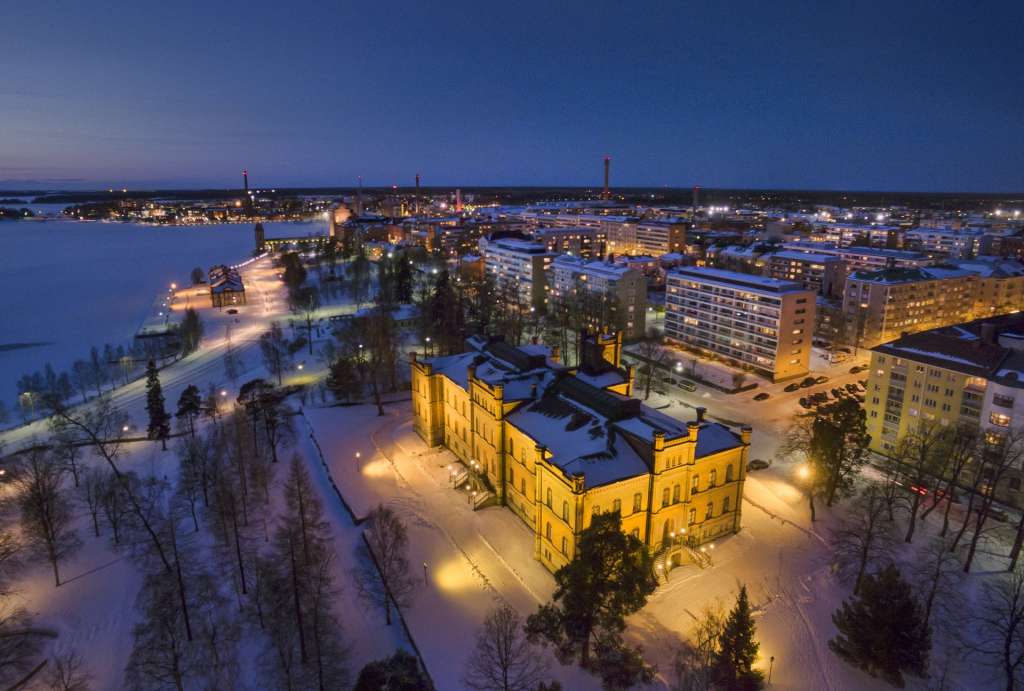
No matter where in the center you are, there are interesting buildings and fabulously beautiful details everywhere. Many buildings are open to visitors because there are museums, galleries, shops or restaurants in them. Other buildings, such as the Kipinä house on Hovioikudenpuistikko or Lennart Backman’s house on Rantakatu, are residential buildings, but a polite visit at the entrance is allowed for people who admire beautiful details. Anyone who wants to see something special is wise to visit the water pavilion in park Satamapuisto, or you can aim to find all the water wells in the center! Tip: all wells are located in a boulevard.
Näytä tämä julkaisu Instagramissa.
Along the beach route along Rantakatu or the bike path right by the beach, there are many interesting buildings, from Academill on the university campus to the open-air museum Brage and Villa Sandviken, where there is now a restaurant.
Näytä tämä julkaisu Instagramissa.
The districts Vöyrinkaupunki and Palosaari are a chapter in themselves in terms of fascinating buildings. The wooden houses in Vöyrinkaupunki takes visitors back to the beginning of the 1900s with working-class houses. At the same time, it pays off to visit the old cemetery where, for example, A.A. Levon is buried. The footprints of this prominent Vaasa citizen lead to Palosaari. The university campus and its surroundings offer interested parties a real venue for the origins of industrialization in Vaasa, and memories of what Levon has achieved are still in the area in the form of building names, statues and buildings.
Näytä tämä julkaisu Instagramissa.
If you were wondering about the headline, then yes, Vaasa was the capital of Finland in 1918!

As your travel guide in Vaasa, Raymond Wesander.
Text published 11.6.2020.
(Edited 8.12.2021)

